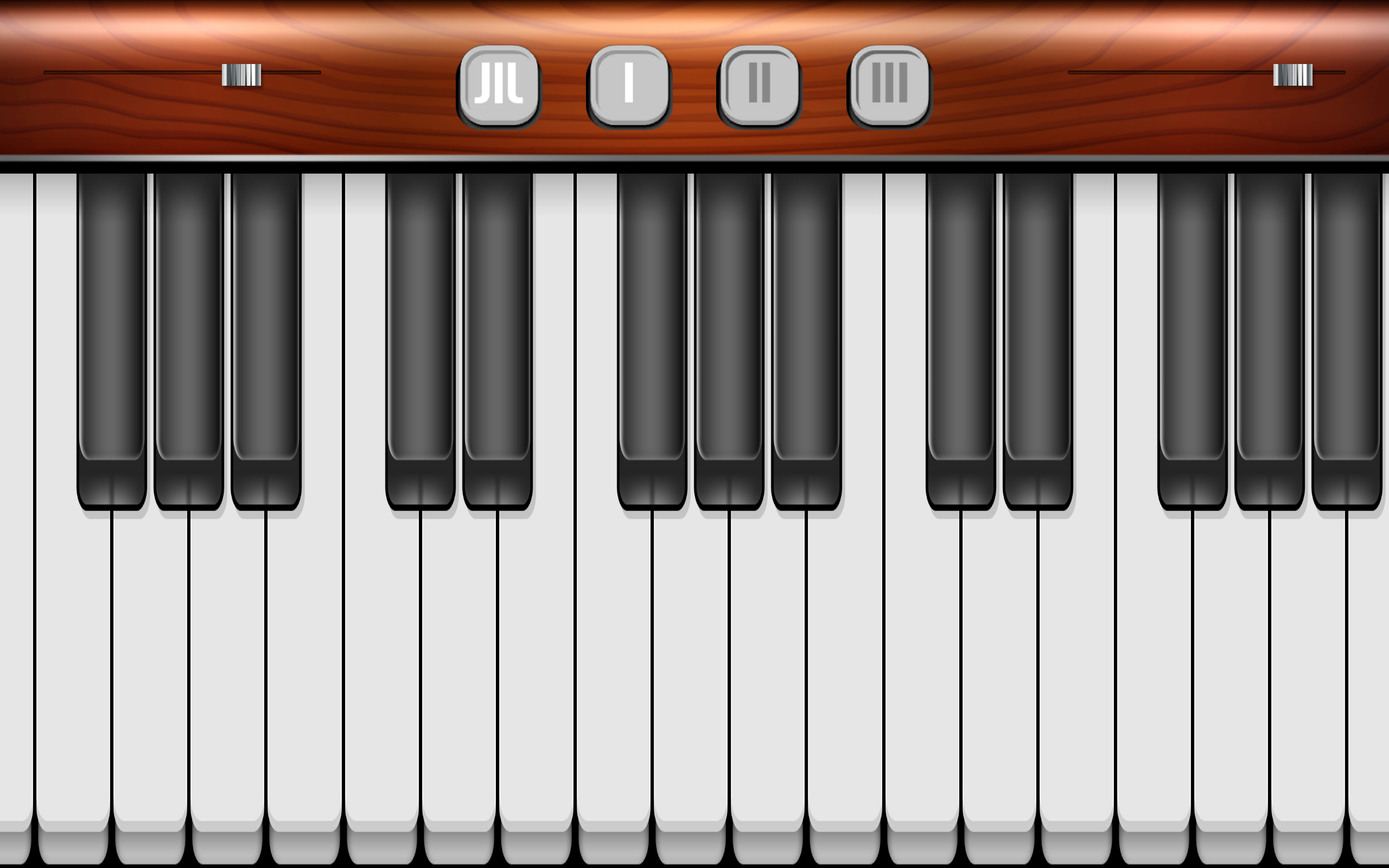

First and foremost, I often apply a peak filter around 150 Hz – 250 Hz, cutting about 2 – 3 dB.
#LET IT GO VIRTUAL PIANO HOW TO#
As always, there are a hundred answers to how to EQ a piano, but I have a few default adjustments that I like to make to start. Virtual pianos often need a tad bit of EQ in order to sound realistic. Here’s what the piano sounds like without any humanization: What sounds like relatively uniform volume throughout phrases, chords, and melody lines actually have very subtle velocity, timing, and length variations that give us the sense that the performance is real. Remember that a piano player never hits every note exactly the same. Sometimes, I even like to throw in wrong notes or grace notes at low velocities to simulate the player hitting just in between the keys. Even then, it can be beneficial to manually modify the values of certain notes to accentuate phrases. You’ll have to experiment with the two to see which works best for you. Their default is also ±Rand 10 but I find that ±Rand 25 – 35 tends to provide more realistic results.īoth of these methods work, albeit with subtly different results. I tend to leave the Velocity at ±Rand 10 but I usually alter the Note Length and Position values. Using Logic’s MIDI Transform window, I pull up the Humanize preset and tweak some settings. The second method involves quantizing strictly to the grid (100% strength) and then applying humanization. Even then, I apply a little bit of swing to give it a little groove. The first involves playing the part live and then applying light quantization once I’m finished – something in the range of 25% – 30% strength. Over-quantizing leads to robotic and lifeless sounding MIDI, even if the performance is technically “correct.” There are two methods that I use to ensure that my piano playing has some life. First and foremost, you need to be careful with quantization. You need to get into the mind of a piano player while programming MIDI piano. A dna player for the final session is included at the bottom of this post so that you can splice it and experiment with the piano yourself.Īs with all virtual acoustic instruments, performance is crucial. Keep in mind that MIDI programming and mixing is a cumulative effort – each step adds to the finished whole. The track we’ll be working with is “Wade in the Water,” a jazz standard originally written in 1901.īefore we start, let’s hear the finished product to get a sense of where we’re headed. I’ll be using Kontakt 5 and Native Instruments Alicia’s Keys for demonstration purposes, but most of these tips apply to any virtual piano. Today, we’ll be talking about how to get the most out of your piano samples. This is one reason why so many different piano libraries exist: they’re tailored for specific feelings, styles, or genres.

No single mic setup is appropriate for every mix. Unfortunately, this also makes them a bit harder to sample than other instruments. It helps you understand concepts of stereo instrument micing and phase relationships, and provides a good example of instruments that span the audible frequency range. Illustration: Sofia Pashaei Recording piano is one of the most important skills that any recording engineer can obtain.


 0 kommentar(er)
0 kommentar(er)
